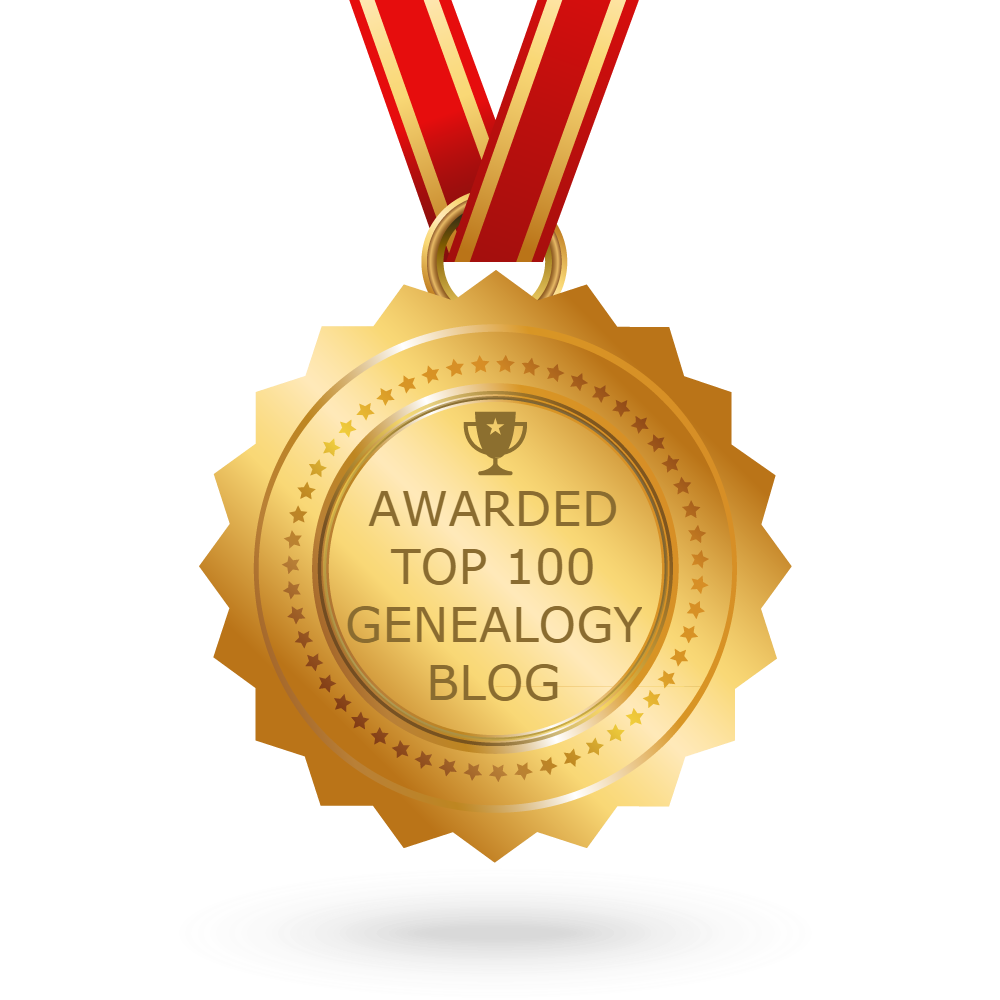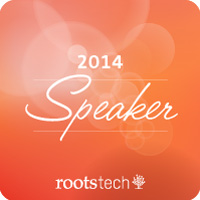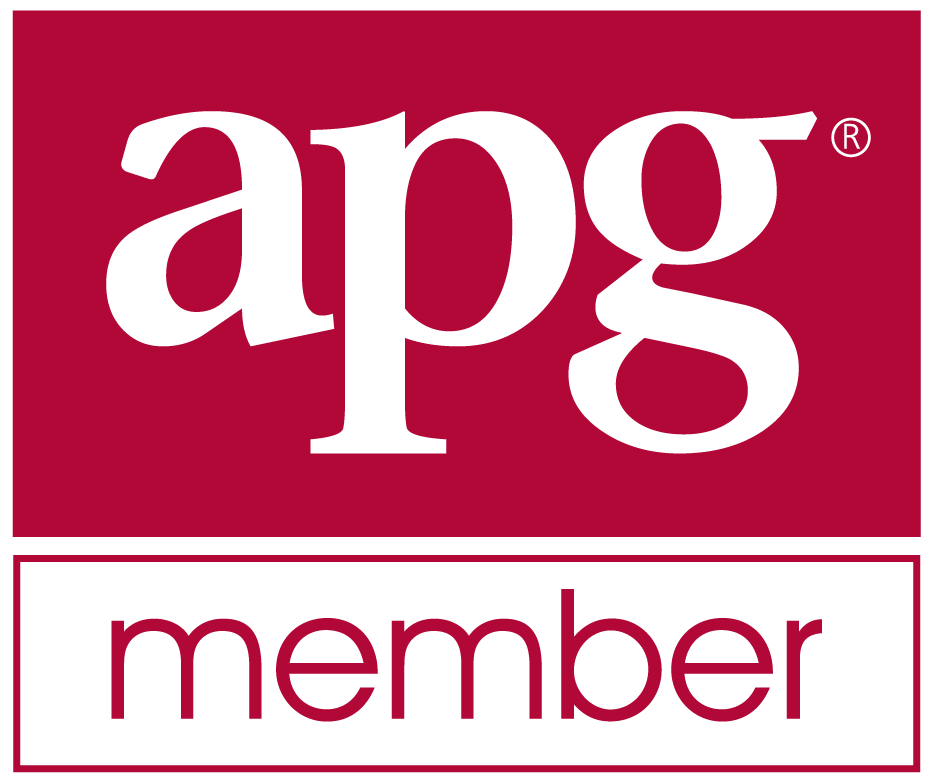GEDCOM Death of Spouse - Wed, 20 May 2015
As I was writing up my documentation for the release of Behold 1.1, I discovered a weird GEDCOM construct used in one of the sample GEDCOM files, Steve McCarthy Legacy.ged, that I supply with Behold. The file was created by Legacy version 5.0, and the weird construct is this:
0 @F3@ FAM
1 MARR
2 DATE 4 Jan 1925
2 PLAC Boston, Suffolk, MA
2 TYPE Death of Spouse
Of marriage types, I’ve seen “Common Law”, “Civil” “Religious” and all sorts of others including superfluous text like “Marriage of Martin Smith and Elna Jefferson” right in the TYPE tag. But what kind of marriage is a “Death of Spouse”? Sounds pretty morbid to me.
The very same GEDCOM file further down shows this:
0 @F39@ FAM
1 MARR
2 DATE 16 Oct 1965
2 PLAC Providence, Providence, RI
2 TYPE Death of Spouse
3 DATE 14 Apr 1984
Okay! Now there’s a date attached to the “Death of Spouse”. Now it makes more sense. It is not referring to the TYPE of marriage, but to the end of the marriage due to one spouse dying. I agree that this is a valid thing to document, and GEDCOM only has capabilities to record divorces and annulments as an end of a marriage, so it is good to include this.
But how on earth did the Legacy developers ever come to feel that the right way to handle this is adding a TYPE tag under a MARR tag?
And horrors of horrors, that Legacy file has yet another awful construct for the same thing:
0 @F39@ FAM
1 HUSB @I122@
1 WIFE @I3@
1 _STAT Death of Spouse
2 DATE 14 Apr 1984
1 MARR
2 DATE 16 Oct 1965
2 PLAC Providence, Providence, RI
2 TYPE Death of Spouse
3 DATE 14 Apr 1984
They use a level 1 custom tag _STAT here for the Death of Spouse. Well, that’s closer to what is proper. But a status is the state that something is in. A death of a spouse is not a status. It is an event indicating the change of status of one spouse from married to widowed and of the other spouse from married to dead.
To top it off, the 2 TYPE and 3 DATE tags are included even though the _STAT tag says the same thing. Yuck!
The proper way to do this is to put it in the FAM record as a top level event, like this:
0 @F39@ FAM
1 MARR
2 DATE 16 Oct 1965
2 PLAC Providence, Providence, RI
1 EVEN Death of Spouse
2 DATE 14 Apr 1984
Searching Google for the phrase “Death of Spouse” in GEDCOM files currently finds 120 results. It seems that most programs, like PAF, GENE and RootsMagic do it correctly the way I suggest above with the EVEN tag.
If the people at FHISO are listening, and if they ever get to actually starting to write a standard, I’ve got some recommendations based on some of the work I did to develop Life Events in Behold 1.1.
- Whether or not the family unit is implemented, it is very important to know when partner relationships both start and end. The partner is only relevant to the rest of the family during the relationship.
- The MARR marriage tag is a good indicator of when the marriage begins. But what about partnerships such as Common Law? For that, GEDCOM currently has no standard way to indicate when the two people become a couple.
- The DIV divorce tag or ANUL annulment tag are good indications of the end of a marriage. But the death of a spouse (as described above) is also important. And DIV and ANUL don’t apply to Common Law relationships.
- I haven’t fully thought this through, but maybe a PART partnership tag might work. This could be under the 0 INDI record and look something like this:
0 @I12@ INDI
1 PART @I13@
2 TYPE Common Law
2 DATE FROM 13 Nov 1843 TO 28 SEP 1865
When I first started this blog post, I was thinking this problem with this “Death of Spouse” construct might be quite widespread and I’d need to handle it with a special case in Behold. To my actual surprise, it appears that my sample file might contain a relatively rare and isolated case. I have found other Legacy files (version 6 and earlier) with the technically allowable _STAT Death of Spouse construct, but I haven’t found any others with the illogical FAM.MARR.TYPE Death of Spouse construct.
So at this point, I’m not going to write special code to handle this. Behold’s flexible reading of tags does a decent job and handles it okay.
Followup: Sep 17, 2019: Coming back to this post after communicating with Tamura Jones about his GEDCOM 5.5.5, I now see that I never mentioned that the death of a spouse as an entered event is totally unnecessary. Any smart program would be able to figure it out if either or both spouses have their DEAT event recorded.

 Feedspot 100 Best Genealogy Blogs
Feedspot 100 Best Genealogy Blogs





